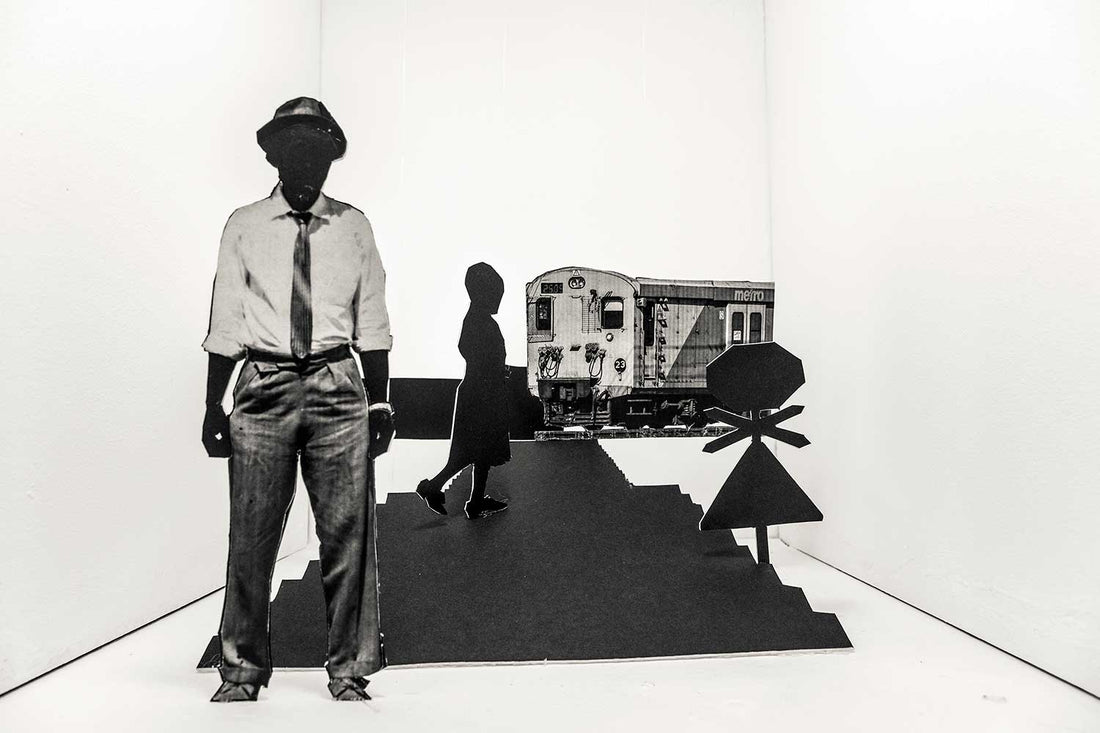
Capturing Identity and Transformation: A Guide to Collecting South African Photography
Share
Introduction: The Lens of a Nation
South African photography is a dynamic tapestry woven from the threads of history, resistance, and renewal. From documenting apartheid’s brutal legacy to celebrating the vibrancy of post-1994 democracy, South African photographers have crafted visual narratives that resonate globally. For collectors, this medium offers not just artistic value but a portal into the soul of a nation in flux.
1. The Legacy of Resistance and Resilience
South African photography is deeply rooted in socio-political storytelling. Pioneers like David Goldblatt (1930–2018) chronicled apartheid’s injustices, while contemporaries like Zanele Muholi use the lens to confront gender-based violence and LGBTQIA+ visibility. Their work transcends aesthetics, serving as historical testimony and a call to action.
- Key Themes: Identity, inequality, land rights, urbanization, and cultural heritage.
- Iconic Works: Goldblatt’s Structures of Dominion and Democracy, Muholi’s Somnyama Ngonyama series.

2. Contemporary Voices and New Media
A new generation of photographers is redefining the medium:
- Lebohang Kganye: Blends photography with performance and collage to explore memory and migration.
- Athandiwe Saba: Documents intimate narratives of Black womanhood and gentrification.
- NFTs & Digital Art: Artists like Roger Ballen experiment with digital surrealism, while platforms like Mint and Latitude showcase blockchain-based South African photography.
3. The Market: Local Roots, Global Reach
- Galleries:
- Goodman Gallery (Johannesburg/Cape Town): Represents Muholi, Kudzanai Chiurai.
- SMAC Gallery: Features emerging talents like Jody Brand.
- Everard Read/CIRCA Cape Town: Hosts mixed-media photography exhibitions.
- Auctions: Strauss & Co and Aspire Art Auctions curate dedicated photography sales, with works by Goldblatt and Peter Magubane fetching ZAR 50,000–500,000+.
- Fairs: FNB Art Joburg and Investec Cape Town Art Fair spotlight photography alongside traditional art forms.
4. Collecting Considerations
- Editioning: Most South African photographers release limited editions (e.g., 1/10 to 1/50), signed and accompanied by certificates.
- Provenance: Prioritize works with exhibition history (e.g., biennales, Zeitz MOCAA shows).
- Ethical Collecting: Support galleries that promote fair-trade practices, especially when acquiring works depicting marginalized communities.

5. Preservation in the Southern Hemisphere
- Climate Challenges: High humidity and UV exposure require UV-filtering glass and climate-controlled storage.
- Archival Practices: Use acid-free mounts and avoid adhesives. Cape Town’s NFV Conservation offers specialist photography restoration.
6. Investment Potential
- Growth Trends: Post-apartheid photography has surged in value; Goldblatt’s prints now sell for 300% above early-2000s prices.
- Rising Stars: Collectors eye younger artists like Lerato Maduna (mining communities) and Tshepiso Mazibuko (queer narratives).
- Caution: Avoid overhyped trends; focus on artists with institutional recognition (e.g., Standard Bank Young Artist Award winners).
7. Where to Start
- Begin Local: Visit Johannesburg’s Market Photo Workshop for affordable prints by emerging artists.
- Online Platforms: Latitude Art and African Artists Foundation offer curated selections.
- Education: Attend talks at Cape Town’s Institute for Creative Arts or follow The Journalist for critical essays.
8. Quotes from the Community
- Lekgetho Makola (CEO, Javett-UP): “Collecting South African photography is an act of preserving memory and imagining futures.”
- Mary Corrigall (Art Critic): “Our photographers don’t just capture moments—they interrogate power.”
Conclusion: More Than Images
To collect South African photography is to engage with a living archive of struggle, beauty, and transformation. Each piece invites dialogue about where the nation has been—and where it’s headed.
Resources
- Books: The Rise and Fall of Apartheid: Photography and the Bureaucracy of Everyday Life by Darren Newbury.
- Institutions: Zeitz MOCAA (Cape Town), Wits Art Museum (Johannesburg).
- Festivals: Cape Town International Photography Festival.
“In South Africa, every photograph is a mirror and a window.” — Santu Mofokeng
Dive in, and let the images speak. 🇿🇦